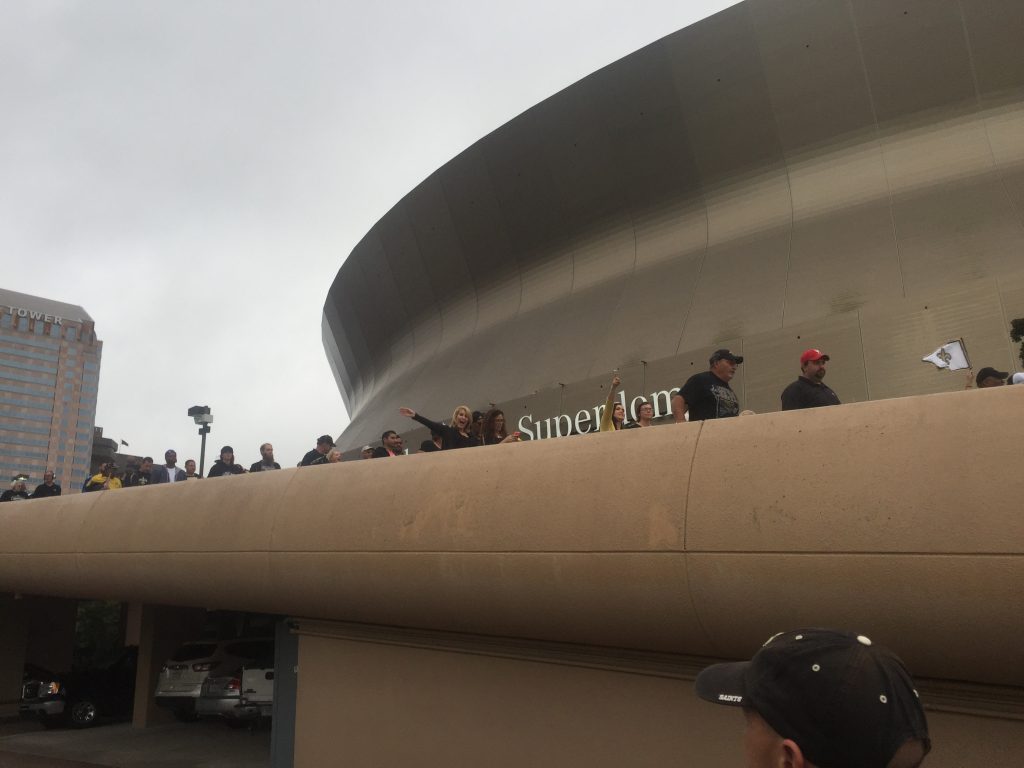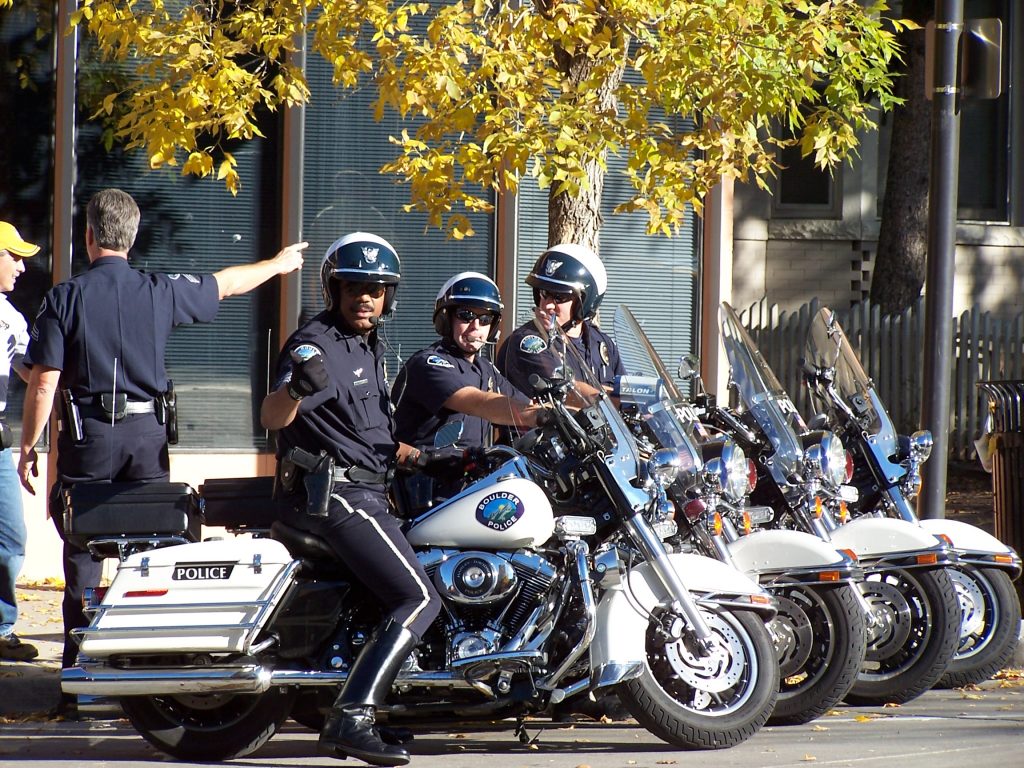 On the afternoon of April 13, 2011, Officer J.M. Bassett of the Shreveport Police Department heard loud music coming from a motorcycle parked at 251 E. 72nd in Shreveport Louisiana. When Officer Bassett attempted to make contact with the man, Jessie Scott, Scott became hostile. As the situation escalated, Officer Bassett employed his Taser stun gun and handcuffed Mr. Scott, placing him into custody and transporting Mr. Scott to the police station. At the station, Mr. Scott complained of chest pain and Mr. Scott was taken to the Louisiana State University Health Sciences Center, where it was determined that Mr. Scott was having a heart attack.
On the afternoon of April 13, 2011, Officer J.M. Bassett of the Shreveport Police Department heard loud music coming from a motorcycle parked at 251 E. 72nd in Shreveport Louisiana. When Officer Bassett attempted to make contact with the man, Jessie Scott, Scott became hostile. As the situation escalated, Officer Bassett employed his Taser stun gun and handcuffed Mr. Scott, placing him into custody and transporting Mr. Scott to the police station. At the station, Mr. Scott complained of chest pain and Mr. Scott was taken to the Louisiana State University Health Sciences Center, where it was determined that Mr. Scott was having a heart attack.
Mr. Scott and his wife later filed a lawsuit against the City of Shreveport for the tasing and subsequent heart attack which they alleged was directly caused by the tasing event. After receiving the lawsuit the City of Shreveport filed a motion for summary judgment in which they argued the Scotts failed to produce any medical evidence showing a causal link between Mr. Scott being tased and his heart attack later that day. The district court agreed with the City of Shreveport and dismissed the Scott’s case. They then appealed that ruling to the Second Circuit Appellate Court of Louisiana.
The Appellate Court agreed with the District Court of Caddo that summary judgment in favor of the City dismissing the allegations brought by the Scotts was correct. Summary judgment is proper when there is no genuine issue of material fact for all or part of the relief sought by a litigant. See Samaha v. Rau, 2007-1726 (La. 02/26/08), 977 So. 2d 880. Here, the Scotts are required to provide proof that there is a causal link between the tasing and Mr. Scott’s heart attack, but the Scotts failed to produce such evidence.
 Louisiana Personal Injury Lawyer Blog
Louisiana Personal Injury Lawyer Blog



 In bringing or defending against a lawsuit, an important question is which court should hear the merits of the dispute, a state court or a federal court. Any court hearing the lawsuit must have “jurisdiction”; the power to hear a particular dispute. Under
In bringing or defending against a lawsuit, an important question is which court should hear the merits of the dispute, a state court or a federal court. Any court hearing the lawsuit must have “jurisdiction”; the power to hear a particular dispute. Under 

 Some forms of business entities protect their members from certain liabilities and legal actions that might be taken against them. One of these forms is a limited liability company. The Louisiana Third Circuit Court of Appeals recently decided that the protection afforded under this form of company was enough to protect the defendant from going forward to full trial.
Some forms of business entities protect their members from certain liabilities and legal actions that might be taken against them. One of these forms is a limited liability company. The Louisiana Third Circuit Court of Appeals recently decided that the protection afforded under this form of company was enough to protect the defendant from going forward to full trial. Usually, an employee’s sole remedy against his employer for an on-the-job injury is worker’s compensation. Louisiana law creates a statutory presumption of employment status, meaning that any worker injured while providing work for a trade, business, or occupation is assumed to be a person who is covered by the Worker’s Compensation Act.
Usually, an employee’s sole remedy against his employer for an on-the-job injury is worker’s compensation. Louisiana law creates a statutory presumption of employment status, meaning that any worker injured while providing work for a trade, business, or occupation is assumed to be a person who is covered by the Worker’s Compensation Act.  When a Louisiana resident is injured, she should consider filing a lawsuit against the person, group, or organization whose negligent or intentional acts were a proximate cause of the injury. However many potential plaintiffs do not realize that there may be several other persons and entities, not readily perceptible to the layman, who could be added as defendants and help ensure the plaintiff’s just compensation. Additional defendants can be extremely helpful when a plaintiff is going after substantial compensation because there will be more individuals to help pay out the sum should one or more parties be unable to pay a judgment due to bankruptcy or some other issue. Accordingly when Kenneth Truxillo was injured while attending pre-game festivities at Champions Square, the outdoor entertainment area bordering the Mercedes Benz Superdome, he did not just seek compensation from the owners of the Superdome but added several other defendants that he believed shared responsibility for his injuries.
When a Louisiana resident is injured, she should consider filing a lawsuit against the person, group, or organization whose negligent or intentional acts were a proximate cause of the injury. However many potential plaintiffs do not realize that there may be several other persons and entities, not readily perceptible to the layman, who could be added as defendants and help ensure the plaintiff’s just compensation. Additional defendants can be extremely helpful when a plaintiff is going after substantial compensation because there will be more individuals to help pay out the sum should one or more parties be unable to pay a judgment due to bankruptcy or some other issue. Accordingly when Kenneth Truxillo was injured while attending pre-game festivities at Champions Square, the outdoor entertainment area bordering the Mercedes Benz Superdome, he did not just seek compensation from the owners of the Superdome but added several other defendants that he believed shared responsibility for his injuries. Prescription is a legal doctrine that serves to prevent people from filing lawsuits after a specified lapse of time has passed. The public policy behind the idea of prescription is not to prevent people who have been harmed from receiving relief. Instead, prescription is meant to allow someone who has caused harm piece of mind knowing that they cannot be sued after the passage of a certain period of time. Prescription allows lawsuits to be brought up to a certain time after the events leading to a lawsuit have occurred. These time limits are commonly specified in the specific texts of the laws they serve.
Prescription is a legal doctrine that serves to prevent people from filing lawsuits after a specified lapse of time has passed. The public policy behind the idea of prescription is not to prevent people who have been harmed from receiving relief. Instead, prescription is meant to allow someone who has caused harm piece of mind knowing that they cannot be sued after the passage of a certain period of time. Prescription allows lawsuits to be brought up to a certain time after the events leading to a lawsuit have occurred. These time limits are commonly specified in the specific texts of the laws they serve.  When a person files a lawsuit, they generally have the right to be heard on their complaint. However, depending on when the lawsuit is brought, the action may be barred due to the lapse of time between the events leading to the lawsuit and the date the lawsuit is filed. This rule is known as prescription and the problems that can arise for plaintiffs from this rule can be seen in a lawsuit arising out of of Hammond, Louisiana.
When a person files a lawsuit, they generally have the right to be heard on their complaint. However, depending on when the lawsuit is brought, the action may be barred due to the lapse of time between the events leading to the lawsuit and the date the lawsuit is filed. This rule is known as prescription and the problems that can arise for plaintiffs from this rule can be seen in a lawsuit arising out of of Hammond, Louisiana.